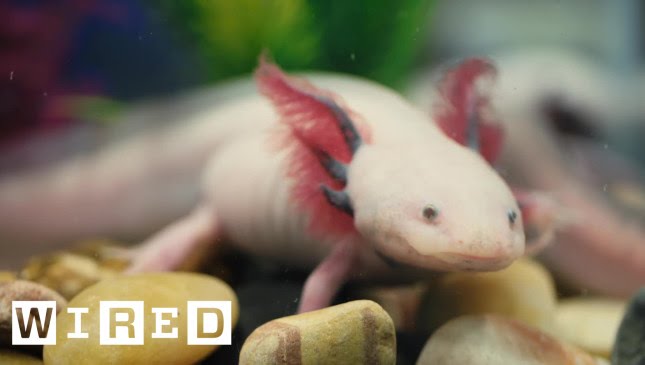The Microbiome of City Subways: What We’ve Discovered
Summary
In this article, we delve into the fascinating world of the microbiome found in city subways. Dr. Christopher Mason and his team at Weill Cornell Medicine have been studying this microbiome since 2013, swabbing at least three surfaces in each city to discover a range of microbes, including geothermophilous species, Staphylococcus epidermi, and Cutibacterium acnes. They have identified a core set of 31 species of bacteria and microbes present in 97% of all subway swabs analyzed, with over 11,000 new bacteria and viruses discovered. Despite the presence of new and potentially harmful microbes, there is no evidence of a wealth of harmful pathogens. In fact, the consistent core microbiome present in subway systems may even boost our immune systems.
Table of Contents
- The Microbiome: What is it?
- The Subway Environment: What Do We Find?
- The Core Microbiome: What is it?
- Subway Swabs: What Have We Discovered?
- Boosting Our Immune Systems: Should We Fear the Subway?
- Conclusion
The Microbiome: What is it?
The microbiome is the collection of microorganisms that are either inside, outside, or all around us. They include bacteria, viruses, fungi, parasites, and any other little organisms that play a powerful role in mediating health and disease. The microbiome is essential to our health, and we interact with it daily, whether we realize it or not.
The Subway Environment: What Do We Find?
Dr. Christopher Mason and his team at Weill Cornell Medicine have been studying the microbiome found in city subways since 2013. They swab at least three surfaces in each city, which are consistently the turnstile, the kiosk, and the bench. The subway environment selects for hardier microbes that can survive on rough surfaces, but there is no evidence of a wealth of harmful pathogens.
The Core Microbiome: What is it?
Researchers have discovered a consistent core set of 31 species of bacteria and microbes present in 97% of all subway swabs analyzed. These include species such as Cutibacterium acnes and geothermophilus. Some lactobacillus species found in dairy products are also present on human skin and in subway systems. The core microbiome is a fascinating discovery that could lead to new therapies and drugs.
Subway Swabs: What Have We Discovered?
Subway swabs have uncovered over 11,000 new bacteria and viruses, with about half of the DNA sequenced matching no known species. The subway ecosystem includes plants, animals, and even cucumber DNA. Researchers have also discovered new CRISPR arrays that could lead to new therapies and drugs.
Boosting Our Immune Systems: Should We Fear the Subway?
While commuters may want to avoid touching poles, turnstiles, and seats, the consistent core microbiome present in subway systems may even boost our immune systems. There is no evidence of a wealth of harmful pathogens, and the subway environment selects for hardier microbes that can survive on rough surfaces. In fact, the presence of new and potentially harmful microbes may even help strengthen our immune systems.
Conclusion
In conclusion, the microbiome found in city subways is a fascinating area of study that has uncovered new and potentially beneficial discoveries. While commuters may want to avoid touching certain surfaces, the consistent core microbiome present in subway systems may even boost our immune systems. Dr. Christopher Mason and his team at Weill Cornell Medicine have opened up a new frontier of research that could lead to new therapies and drugs.







